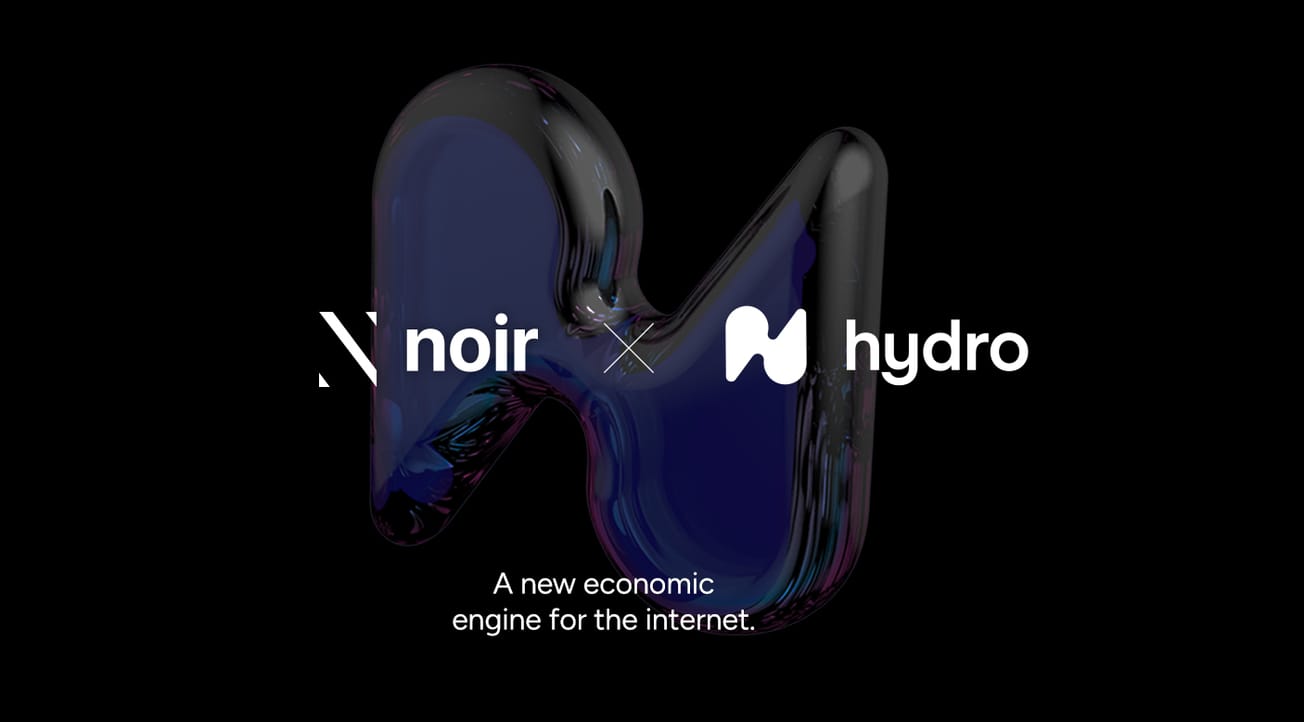Alongside a waxing economic recession, a stagnant crypto market and a cost of living crisis felt across many parts of the world, metaverse growth could be stuck in a mire. While it’s projected to be a multi-billion dollar industry by 2030, factors driving the metaverse will need to adapt to the changing tides or be stuck in the swamp.
Metaverse Momentum Grinds to a Halt
Some of the most well-known “metaverse” web3 platforms, Decentraland and The Sandbox, have seen user numbers in freefall lately–matching the global market’s downturn towards levels not seen since the 2008 economic crisis. With prices going up and people spending less, it could be a serious obstacle for metaverse growth without some changes or restrategizing on behalf of entrepreneurs and tech leaders building its infrastructure.
Infrastructure: Finding the Foundation’s Faults
Alongside a staggering halt in the global economy’s growth, the metaverse faces other challenges closer to home that could prevent it from becoming the evolved, transformative global network that it’s touted to be.
Currently, metaverse infrastructure is lacking. Amidst global living costs, new VR headsets can set you back as much as $1500. The less consumer-friendly models designed for improving business processes can be as pricey as $4000. Most of these models are still burdensome to wear and use, with awkward cables, clunky designs and even the need for cameras set up around your living room.
Besides the cost concerns, this might be a case where people are too slow to adapt to new technology–VR headsets still cause motion sickness to many users because of low frame rates and refresh rates that hinder the illusions of realism and cause serious nausea.
Games, which are expected to make up a major portion of the metaverse market share, have also been struggling to escape the snares of a slipping economy. In the first half of 2022, the mobile gaming market fell a staggering 10%, and the PC industry suffered its worst period of growth in 9 years. While many are still dealing with the post-pandemic slump, the retail prices of many games have increased, so it’s not surprising that gamers are waiting for sales rather than picking up AAA titles on release date or pre-ordering them at full price.
Web3 and Wallet Worries
Meanwhile, crypto and NFTs are purported to power the metaverse, enabling digital peer-to-peer payments, ownership of digital assets and censorship-resistant technology. But currently, the user experience for many crypto projects is confusing for “normies” – and if a project has a good UX, there’s a good chance the onboarding process is costly. This is especially true when it comes to “metaverse” virtual world platforms and the less-than-sustainable play-to-earn model of crypto games, where some users have forked out thousands of dollars to buy NFTs just to be able to play the games.
There’s also an educational gap present between users and many of these technologies that are poised to be key assets of the metaverse’s makeup. User retention of VR headsets is dwindling while NFTs and crypto are still widely-regarded as scams–perhaps a fair half-truth in many cases.
Those building metaverse-supporting technologies will need to strategize and work on these problems in order to get the metaverse out of the mud and onto dry ground–it won’t be easy work, but with the metaverse expected to reach more than $10bn dollars, those who commit to these hard problems are expected to be rewarded.









